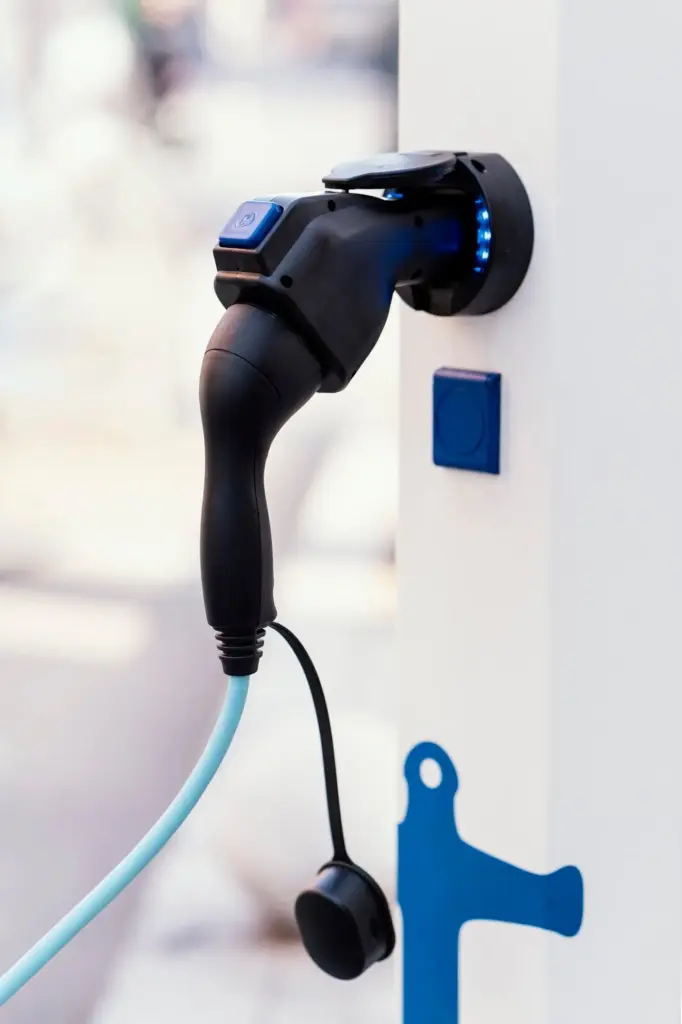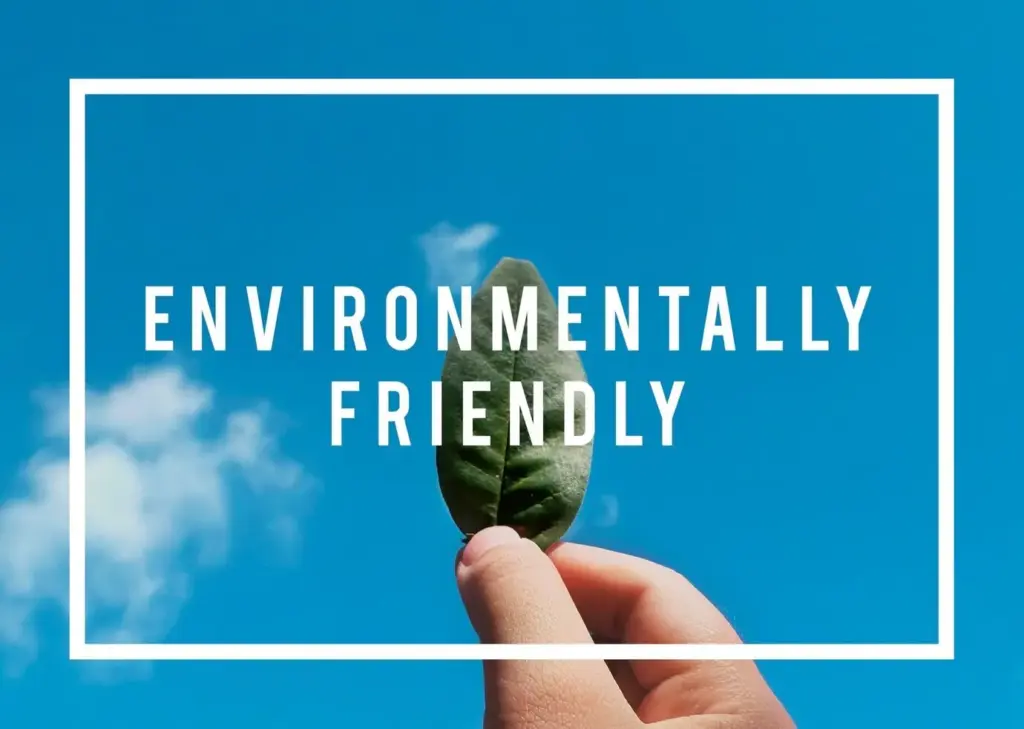Young Hands, Greener Horizons
Today we dive into youth-led sustainability projects in schools and local communities, celebrating students who transform curiosity into practical impact. From energy audits and compost crews to repair cafes, green corridors, and bike buses, these efforts build skills, pride, and measurable change. Expect clear steps, candid stories, and tools you can adapt. Share your ideas, ask questions, and subscribe for monthly challenges and printable guides so your class, club, or neighborhood can start something courageous this week.
Finding a Shared Why
Begin by listening. Ask what bothers people most at school and around the block, and what delights them enough to protect. Translate climate dread into agency by naming one change you can create together this month. Clarify boundaries, intentions, and success signs. Write a short promise students can repeat at assemblies, on posters, and at council meetings. When purpose feels owned, invitations sound natural, conflicts soften, and even skeptics notice the seriousness behind the smiles.
Mapping People and Places
Sketch a map of classrooms, corridors, kitchens, roofs, and nearby streets, then layer names of custodians, cafeteria leads, shop owners, gardeners, and librarians who quietly keep things working. Identify allies, decision makers, and gatekeepers. Mark electricity meters, loading docks, bins, faucets, and drains. Walk the route together and time each stop. Photos, sticky notes, and voice memos help capture observations. This simple exercise reveals friction points and hidden strengths you can leverage immediately.
Choosing a First Win
Select a project that fits your time window, existing tools, and permission pathway, yet teaches a valuable skill. A five-day switch-off challenge, a plastic-free snack drive, or a one-bed herb garden each earns attention fast. Define a baseline, design a scoreboard, assign roles, and script celebrations in advance. Be specific about who thanks whom. Quick, credible evidence builds trust, unlocks bigger doors, and leaves everyone eager for the next experiment.
Blueprints for Action
Impact grows when ideas travel through a clear structure. Write a one-page brief naming the goal, audience, tasks, roles, risks, budget, and timeline. Link your plan to curriculum strands and civic goals so teachers, principals, and neighbors immediately see relevance. Choose indicators you can gather with simple tools. Plan feedback moments where you pause, learn, and adjust. Document everything in shared folders so future leaders inherit knowledge, not just memories.




Neighbors, Partners, Possibilities
Strength multiplies when schools connect with neighbors, small businesses, libraries, faith groups, and municipal crews. Partnerships unlock tools, skills, audiences, and long-term stewardship. A hardware store might lend drills; the parks department can advise plant choices; elders share memories of rivers before culverts. Clarify roles, agreements, and schedules early. Host joint events on neutral ground. Celebrate every logo equally. When everyone sees themselves inside the effort, accountability and pride naturally expand.
Mentors in Your Backyard
Invite electricians, gardeners, bike mechanics, and waste haulers to share ten-minute mini-lessons, then pair them with students during work sessions. Ask for specific contributions—sharpening tools, soil testing kits, reflective vests. Provide thank-you notes, photos, and public gratitude posts afterward. Mentors gain visibility and purpose; students gain confidence and realistic career pathways. Short, respectful encounters often grow into internships, dual-credit projects, and lasting friendships that anchor continuity year after year.
Shared Spaces, Shared Care
Adopt a bus stop, creek bend, alley, or courtyard together with a neighborhood group. Co-create a calendar of care, including cleanup days, plantings, seasonal repairs, and storytelling moments that honor place. Share costs and decision-making openly. Install simple signage that invites passersby to join, with QR codes linking to updates. As stewardship routines become visible and welcoming, vandalism declines, safety rises, and residents begin championing improvements that outlast any single class or grant.
Bridging Generations
Pair students with elders for interviews about past weather, vanished species, historic routes, and traditional repair skills. Record stories as podcasts or zines, then co-host a listening party. Invite elders to co-design projects, not just approve them. Intergenerational teams spot blind spots and biases, ensuring accessibility and dignity. When wisdom and curiosity meet at eye level, communities heal divides, honor memory, and build futures that feel both innovative and rooted.
Resilience for the Long Journey
Change is a marathon with sprints inside. You will meet bureaucracy, rainy event days, testing conflicts, and equipment failures. Plan for resilience: backup dates, indoor options, spare tools, and clear succession. Rotate roles so leadership spreads. Build reflection rituals to capture learning and appreciation. Keep equity central by budgeting for snacks, transport, and translation. When care is designed into operations, projects survive stress, grow relationships, and feel nourishing to everyone involved.



